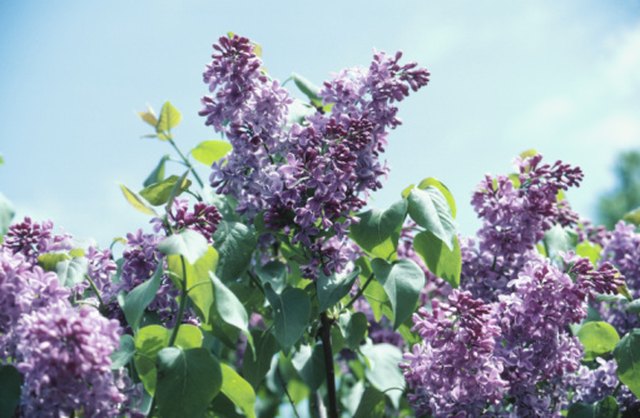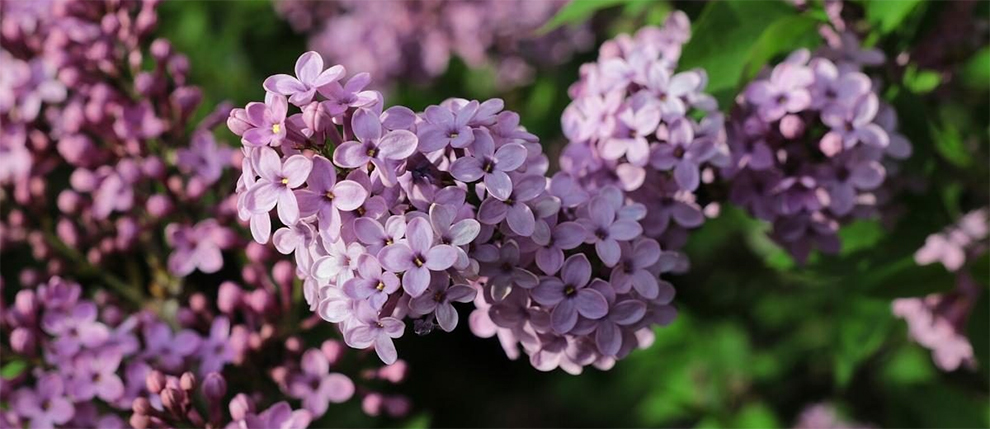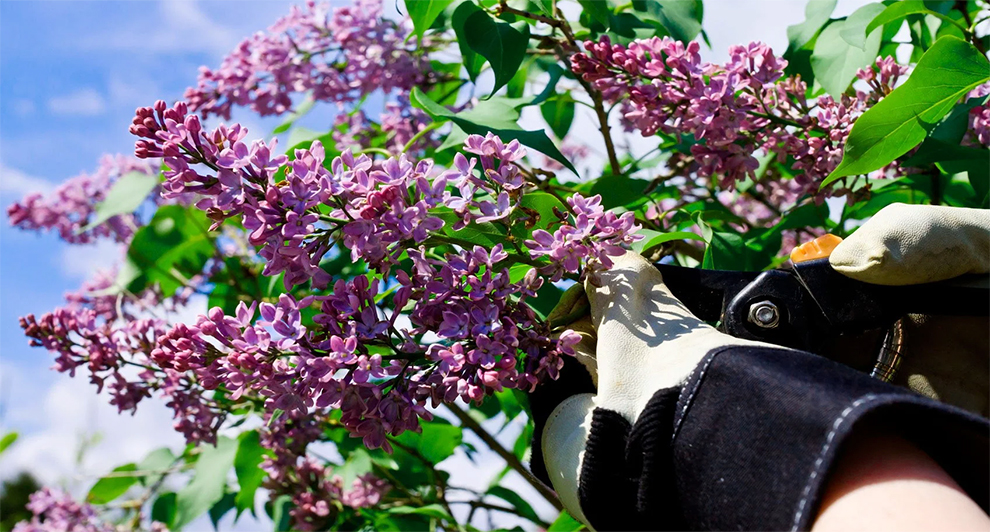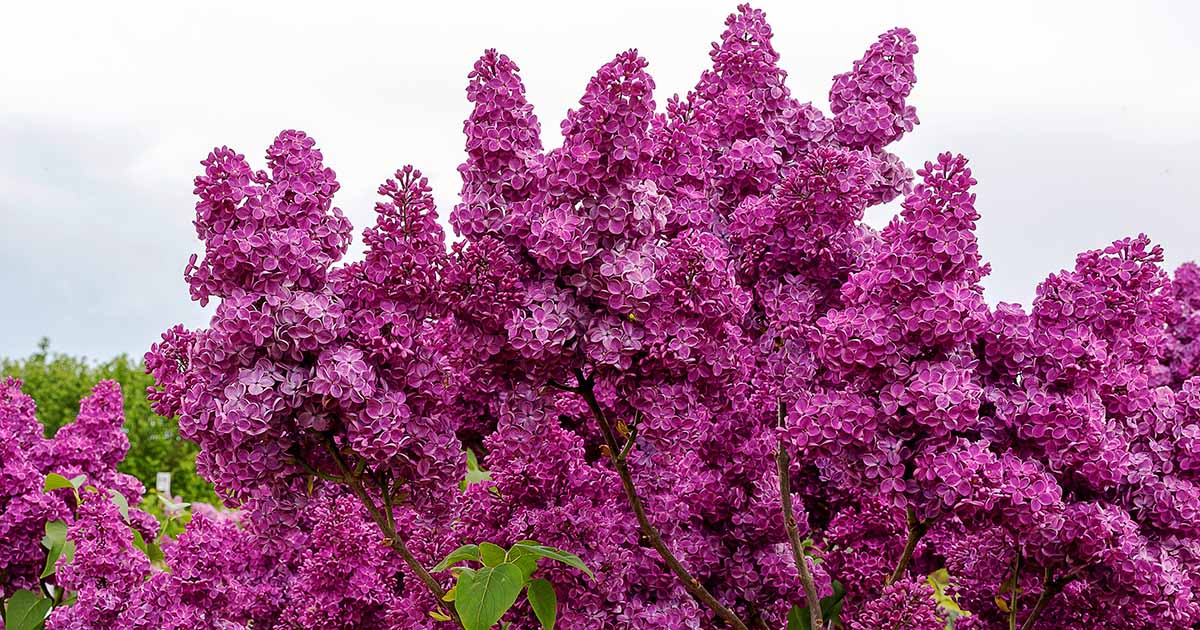Understanding Lilac Plant Development: What to Expect
Lilac plants are a popular choice for gardeners due to their vibrant purple flowers and sweet fragrance. However, many gardeners wonder how fast do lilacs grow and what factors influence their development. Lilac growth is influenced by a combination of climate, soil, and pruning. Climate plays a significant role in lilac growth, with most varieties thriving in temperate zones with moderate temperatures and adequate moisture. Soil quality is also crucial, as lilacs prefer well-draining soil with a pH between 6.5 and 7.5. Pruning is another essential factor, as regular pruning helps maintain shape, promotes healthy growth, and encourages blooming.
In terms of growth rate, lilacs are considered a relatively fast-growing shrub. They can grow up to 3-4 feet per year, with some varieties reaching maturity in as little as 3-5 years. However, growth rates can vary depending on the specific variety, climate, and growing conditions. For example, the popular ‘Miss Kim’ lilac variety can grow up to 6-8 feet tall and 4-6 feet wide, while the ‘Bloomerang’ variety is more compact, growing up to 3-4 feet tall and 4-5 feet wide.
Understanding lilac plant development is essential for gardeners who want to create an optimal environment for their plants. By providing the right climate, soil, and pruning conditions, gardeners can promote healthy growth, encourage blooming, and enjoy the beauty of their lilac plants for years to come. Whether you’re a seasoned gardener or just starting out, learning about lilac growth and development can help you unlock the secrets of these stunning plants.
Factors Affecting Lilac Growth Rate: Climate, Soil, and Sunlight
When it comes to understanding how fast do lilacs grow, it’s essential to consider the impact of climate, soil quality, and sunlight on their development. Temperature, moisture, and nutrient availability all play a crucial role in determining lilac growth rates and overall health. In general, lilacs thrive in temperate zones with moderate temperatures between 65°F and 75°F (18°C and 24°C). They also require adequate moisture, especially during the first year after planting.
Soil quality is another critical factor affecting lilac growth. Lilacs prefer well-draining soil with a pH between 6.5 and 7.5. Soil with poor drainage or extreme pH levels can lead to stunted growth, reduced blooming, and increased susceptibility to disease. Sunlight is also essential for lilac growth, with most varieties requiring at least 6 hours of direct sunlight per day. However, some varieties can tolerate partial shade, especially in warmer climates.
In addition to climate, soil, and sunlight, nutrient availability also affects lilac growth rates. Lilacs require a balanced diet of nutrients, including nitrogen, phosphorus, and potassium. A lack of essential nutrients can lead to stunted growth, reduced blooming, and increased susceptibility to disease. Regular fertilization can help promote healthy growth and encourage blooming.
By understanding the impact of climate, soil, and sunlight on lilac growth, gardeners can create an optimal environment for their plants. By providing the right conditions, gardeners can promote healthy growth, encourage blooming, and enjoy the beauty of their lilac plants for years to come.
How to Create an Ideal Environment for Lilac Growth
Creating an ideal environment for lilac growth is crucial for promoting healthy development and maximizing blooming potential. When it comes to understanding how fast do lilacs grow, it’s essential to consider the planting location, soil preparation, and watering schedules. Lilacs prefer well-draining soil with a pH between 6.5 and 7.5, and a location that receives at least 6 hours of direct sunlight per day.
When selecting a planting location, choose a spot that provides good air circulation and is protected from strong winds. Lilacs can grow quite large, so ensure the location has enough space to accommodate the mature size of the plant. Soil preparation is also critical, as lilacs prefer a well-draining soil with a mix of organic matter and nutrients. Add compost or well-rotted manure to the soil to improve its fertility and drainage.
Watering schedules are also important for lilac growth. Lilacs require consistent moisture, especially during the first year after planting. Water them deeply once or twice a week, depending on weather conditions. Avoid overwatering, as this can lead to root rot and other problems. Mulching around the base of the plant can help retain moisture and suppress weeds.
In addition to planting location, soil preparation, and watering schedules, fertilization is also essential for lilac growth. Feed lilacs with a balanced fertilizer in the early growing season, following the manufacturer’s instructions. Avoid overfertilizing, as this can damage the plant and lead to weak growth.
By creating an ideal environment for lilac growth, gardeners can promote healthy development, maximize blooming potential, and enjoy the beauty of their lilac plants for years to come. Whether you’re a seasoned gardener or just starting out, following these tips can help you unlock the secrets of lilac growth and create a stunning display of purple flowers in your garden.
Lilac Growth Stages: From Planting to Maturity
Understanding the different growth stages of lilacs is essential for gardeners who want to know how fast do lilacs grow and what to expect during each stage. From planting to maturity, lilacs go through several growth stages, each with its unique characteristics and requirements.
The first growth stage is germination, which typically occurs within 1-3 weeks after planting. During this stage, the seedling emerges from the soil and develops its first set of leaves. The sapling stage follows, during which the seedling grows its first set of branches and develops a root system. This stage can last from several months to a year, depending on the variety and growing conditions.
As the lilac plant matures, it enters the blooming stage, which is typically the most anticipated stage for gardeners. During this stage, the lilac produces its signature purple flowers, which can last from several weeks to a month. After blooming, the lilac enters the dormant stage, during which it prepares for the next growing season.
Understanding the different growth stages of lilacs is crucial for providing the right care and maintenance. For example, during the germination stage, lilacs require consistent moisture and warm temperatures. During the sapling stage, lilacs require pruning and training to promote healthy growth and encourage blooming. During the blooming stage, lilacs require deadheading to promote more blooms and prevent seed production.
By understanding the different growth stages of lilacs, gardeners can provide the right care and maintenance to promote healthy growth, encourage blooming, and maximize the beauty of their lilac plants. Whether you’re a seasoned gardener or just starting out, knowing the growth stages of lilacs can help you unlock the secrets of these stunning plants.
Pruning and Training for Optimal Lilac Growth
Pruning and training are essential for promoting healthy growth, encouraging blooming, and maintaining the shape of lilac plants. When it comes to understanding how fast do lilacs grow, pruning and training play a crucial role in determining the overall growth rate and mature size of the plant.
Pruning lilacs involves removing dead, diseased, or damaged branches to promote healthy growth and encourage blooming. The best time to prune lilacs is immediately after blooming, as this allows the plant to put its energy into producing new growth rather than seed production. Remove any dead or damaged branches, and cut back any overgrown branches to maintain the desired shape.
Training lilacs involves providing support for the plant as it grows. This can be done using trellises, stakes, or other forms of support. Training lilacs can help promote upright growth, encourage blooming, and maintain the shape of the plant.
There are several pruning techniques that can be used to promote healthy growth and encourage blooming in lilacs. One technique is to prune the plant back to about one-third of its height after blooming. This will help promote new growth and encourage the plant to produce more blooms. Another technique is to remove any suckers or water sprouts that appear at the base of the plant. These can take energy away from the rest of the plant and reduce blooming.
By pruning and training lilacs regularly, gardeners can promote healthy growth, encourage blooming, and maintain the shape of their plants. Whether you’re a seasoned gardener or just starting out, understanding the importance of pruning and training can help you unlock the secrets of lilac growth and create a stunning display of purple flowers in your garden.
Common Challenges and Solutions for Lilac Growth
Despite their beauty and fragrance, lilacs can be susceptible to various challenges that can affect their growth and blooming. Understanding these challenges and knowing how to overcome them is essential for gardeners who want to know how fast do lilacs grow and how to promote healthy growth.
One common challenge that can affect lilac growth is pests. Lilacs can be susceptible to pests such as aphids, scales, and borers. These pests can feed on the plant’s sap, causing damage to the leaves and stems. To overcome this challenge, gardeners can use insecticidal soap or neem oil to control pest populations.
Diseases are another common challenge that can affect lilac growth. Lilacs can be susceptible to diseases such as powdery mildew, leaf spot, and root rot. These diseases can cause damage to the leaves and stems, and can even kill the plant if left untreated. To overcome this challenge, gardeners can use fungicides or bactericides to control disease populations.
Nutrient deficiencies are also a common challenge that can affect lilac growth. Lilacs require a balanced diet of nutrients to promote healthy growth and blooming. A lack of essential nutrients can cause stunted growth, reduced blooming, and increased susceptibility to pests and diseases. To overcome this challenge, gardeners can use fertilizers to provide the necessary nutrients for healthy growth.
By understanding the common challenges that can affect lilac growth and knowing how to overcome them, gardeners can promote healthy growth, encourage blooming, and maximize the beauty of their lilac plants. Whether you’re a seasoned gardener or just starting out, knowing how to overcome these challenges can help you unlock the secrets of lilac growth and create a stunning display of purple flowers in your garden.
Comparing Lilac Varieties: Growth Rates and Characteristics
When it comes to understanding how fast do lilacs grow, it’s essential to consider the different varieties and their unique growth rates and characteristics. Lilacs come in a range of varieties, each with its own strengths and weaknesses. By comparing and contrasting these varieties, gardeners can choose the best lilac for their specific needs and growing conditions.
One popular variety of lilac is the ‘Miss Kim’ lilac, which is known for its compact growth habit and vibrant purple flowers. This variety grows relatively slowly, reaching a mature height of around 6-8 feet. Another popular variety is the ‘Bloomerang’ lilac, which is known for its repeat-blooming habit and fragrant flowers. This variety grows more quickly, reaching a mature height of around 8-10 feet.
Other varieties of lilac, such as the ‘President Grevy’ and ‘Charles Joly’ lilacs, are known for their large, showy flowers and vigorous growth habits. These varieties can grow quite quickly, reaching mature heights of up to 12 feet or more. However, they may require more maintenance and pruning to keep them under control.
By comparing and contrasting the different varieties of lilac, gardeners can choose the best variety for their specific needs and growing conditions. Whether you’re looking for a compact, low-maintenance lilac or a showy, fragrant variety, there’s a lilac out there for you.
When choosing a lilac variety, consider factors such as growth rate, mature size, flower color, and fragrance. Also, think about the specific growing conditions in your garden, such as sunlight, soil quality, and moisture levels. By choosing the right lilac variety for your garden, you can enjoy beautiful, fragrant flowers for years to come.
Maximizing Lilac Growth: Tips and Tricks from Experts
When it comes to understanding how fast do lilacs grow, it’s essential to consider the expert advice and tips that can help maximize their growth. Lilacs are a popular choice for gardeners, and with the right care and maintenance, they can thrive and produce beautiful, fragrant flowers.
One expert tip for maximizing lilac growth is to fertilize them regularly. Lilacs require a balanced diet of nutrients to promote healthy growth and blooming. Use a fertilizer that is high in phosphorus, such as a 10-10-10 formula, and apply it in the early growing season. This will help promote root growth and encourage blooming.
Another expert tip is to mulch around the base of the lilac plant. Mulching helps retain moisture, suppress weeds, and regulate soil temperature. Use a layer of organic mulch, such as wood chips or bark, and keep it a few inches away from the base of the plant.
Winter care is also essential for maximizing lilac growth. Lilacs require protection from harsh winter weather, such as cold temperatures and drying winds. Use a layer of straw or burlap to protect the plant, and apply a layer of anti-desiccant spray to prevent moisture loss.
Finally, expert gardeners recommend pruning lilacs regularly to promote healthy growth and encourage blooming. Prune lilacs in the late winter or early spring, removing any dead or damaged branches. This will help promote new growth and encourage blooming.
By following these expert tips and tricks, gardeners can maximize lilac growth and enjoy beautiful, fragrant flowers for years to come. Whether you’re a seasoned gardener or just starting out, these tips can help you unlock the secrets of lilac growth and create a stunning display of purple flowers in your garden.








